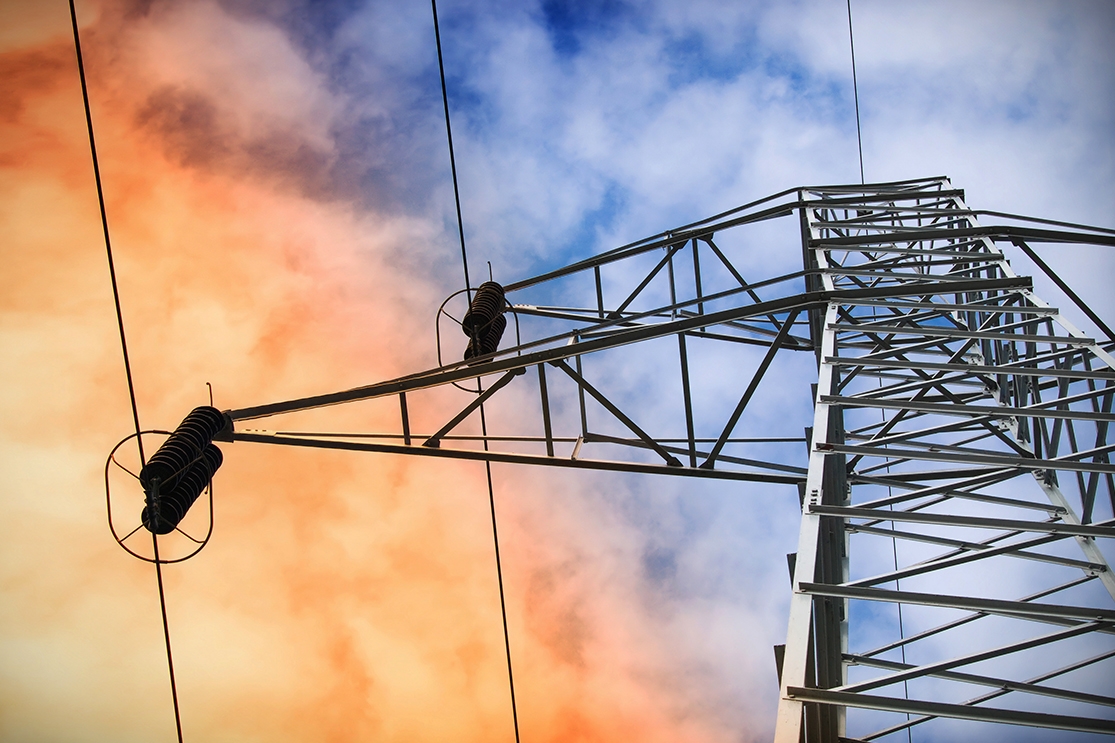Iran earned $3.373 billion from electricity exports in nearly four years by supplying over 40.1 billion kilowatt/hours of power to neighboring countries between August 2013 and June 2017, an Energy Ministry report said.
Azerbaijan, Pakistan, Afghanistan, Armenia, Turkey and Iraq purchased roughly $800 million worth of electric power annually through the four-year period, the report said without giving a breakdown on individual imports, IRNA reported.
The ministry added that total installed power generating capacity has reached 77,000 megawatts, up nearly 8,000 MW from 2013.
However, energy experts argue that the country needs to significantly expand renewable infrastructure by 2030 to meet its environmental obligations as part of a climate pact that aims to reduce global temperature and gradually shift away from fossil fuel plants that supply most of its power demand.
Data show some 240 megawatts, or just around 0.3% of Iran's total electricity supplies come from renewable sources such as solar and wind, with 12,000 MW coming from hydroelectric plants and 1,000 MW from Iran's only nuclear plant in the south.
Arash Kordi, the managing director of Iran Power Generation, Distribution and Transmission Company (Tavanir), said power wastage in Iran's national grid has witnessed a 4.5% reduction, receding from 15.5% to 11% in the last four years.
On Tavanir's agenda to minimize electricity wastage, Kordi noted that plans have been devised to reach the optimum wastage rate of 8%, because of which collaboration with international companies tops the company's priority list.
The achievement can help curb electricity load across the national network and load shedding in big cities. In addition to environmental advantages, the reduction in power wastage is a great economic achievement, as it can cut costs substantially.
--- Smart Grid
Kordi believes that improving Iran's expansive but dilapidated power grid to smart-grid—an interconnected network for delivering electricity from suppliers to consumers—will mark an important turnaround in domestic power sector.
What makes a grid smart is the digital technology that allows for two-way communication between the utility and its customers, and the sensing along the transmission lines.
According to Kordi, benefits associated with the smart grid include more efficient transmission of electricity, quicker power restoration after disturbances and reduced peak demand, which will also help lower electricity rates.
Additionally, Sattar Mahmoudi, the caretaker of Energy Ministry, said the ministry's debt to banks and private contractors amounts to $9 billion.
Electricity experts opine that the real prices of generating each kilowatt of electricity, which include the costs for generation, dispatch and transmission, stands at 3 cents per kilowatt-hour, yet it is sold to subscribers at 2 cents per kWh. The difference has imposed a massive debt on the ministry.


